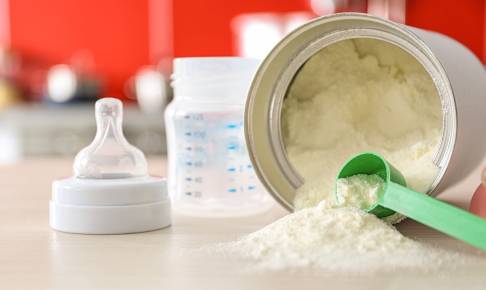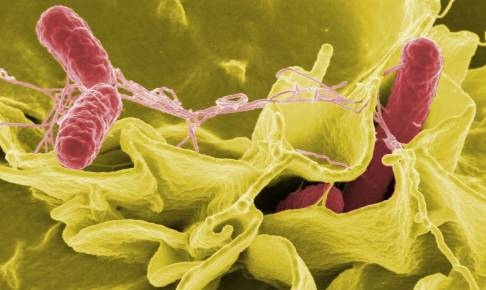The CDC, FDA, and FSIS analyzed outbreak data to determine the best preventative measures
The Interagency Food Safety Analytics Collaboration (IFSAC, formed by the Centers for Disease Control and Prevention - CDC -, the U.S. Food and Drug Administration - FDA -, and the Food Safety and Inspection Service of the United States Department of Agriculture - FSIS -) has published the report titled “Foodborne illness source attribution estimates for 2019 for Salmonella, Escherichia coli O157, Listeria monocytogenes, and Campylobacter using multi-year outbreak surveillance data, United States”.
IFSAC produced the 2019 projections using the same approach as they did in 2012 estimates - which was based on adjusting for epidemiologic variables linked with epidemic size, down-weighting earlier outbreaks, and estimating credibility intervals - with a few changes. The information comes from 1 532 outbreaks of foodborne illness that occurred between 1998 and 2019, with each verified or suspected involved item being allocated to a specific food category. The approach primarily depends on epidemic data from the last five years (2015-2019). Foods are classified using a system devised by IFSAC, which divides foods into 17 categories that closely match the categorization requirements of US food regulatory authorities.
According to the CDC, the four priority pathogens (Salmonella, Escherichia coli O157, Listeria monocytogenes, and Campylobacter) combined cause approximately 2 million instances of foodborne disease in the United States each year. First, Salmonella infections were linked to a broad range of foods. Chicken, Fruits, Pork, Seeded Vegetables, Other Produce (i.e. nuts), Turkey, and Eggs were shown to be responsible for more than 75% of Salmonella infections. Following, the most common sources of E. coli O157 infections were Vegetable Row Crops (such as leafy greens) and Beef. These two groups were related to almost 75% of diseases. Following, dairy products and fruits were the most common sources of Listeria monocytogenes infections. These two groups were responsible for more than 75% of infections. Lastly, Chicken, Other Seafood (such as shellfish), and Turkey were responsible for over 80% of non-dairy foodborne illnesses, with Campylobacter infections being the most common. According to the five-year statistics, Salmonella was responsible for the highest outbreaks, with 943 either caused or suspected, while the E. coli O157 came in second, with 269 occurrences.
The 2019 projections, according to the study, will aid scientists, policymakers, the food industry, consumer organizations, and the general public in determining if preventive efforts are effective. According to the study, the CDC, FDA, and FSIS working together help prioritize food safety efforts and the federal government's consistent approach to decreasing foodborne illnesses.
Sources:
https://www.cdc.gov/foodsafety/ifsac/pdf/P19-2019-report-TriAgency-508.pdf






















